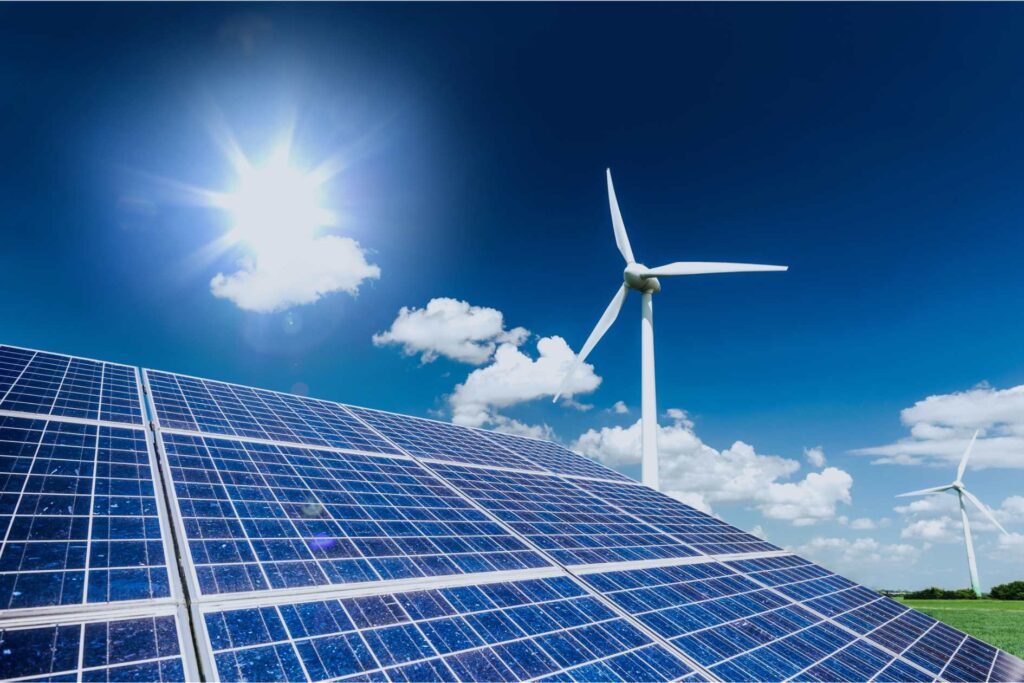Pinochio Award for Spectra Energy’s ‘Ground Game’ on Sabal Trail Pipeline,
While Company Pushes 8 Pipeline Projects in 14 States;
Meanwhile PHMSA Documents Corrosion Problems
Spectra Energy (NYSE: SE) has eight new pipeline projects in the U.S. that, if approved, will result in more than 830 miles of pipeline in 14 states. In addition, it is constructing a new underground natural gas storage reservoir in Louisiana with a capacity of 15 billion cubic feet.
In Canada, Spectra Energy is busy with three major projects, all in British Columbia. These involve two processing plants for raw nat gas and a huge “transportation system” – the word pipeline is never used – that is 525 miles in length. Check for your state in the highlight list below under Links & Resources.1
With all this experience, property owners and communities might expect Spectra Energy execs to be on top of their game when it comes to a knowledgeable response to questions about its pipelines and corporate performance record.
Or maybe not. Click Here to read about OP-ED — Spectra Energy: Trust Facts Not Promises.
Largest Pipeline Project
In the U.S. the company’s largest pipeline project is the proposed Sabal Trail pipeline aimed at cutting a 475 mile swath through three states: Georgia, Alabama and Florida.
Surely this is a platform for Spectra Energy to demonstrate best-in-class response to questions – to not only reassure communities but to impress federal agencies like the Federal Energy Regulatory Commission (FERC)?
Or maybe not.

Property owners make clear their opposition to Sable Trail pipeline. (Photo courtesy of Carol Singletary.)
1st Pinochio Award
For example, Andrea Grover, Spectra Energy Director of Stakeholder Outreach (ironic title), asserts at a public pipeline meeting in Georgia that property owners at Spectra Energy’s huge Steckman Ridge compressor/storage facility in Bedford County, Pennsylvania, are “happy” despite ongoing problems there for 5 years, and a consistent lack of response from Spectra Energy to questions.
Thanks to word-of-web, Georgia property owners know Grover’s assertion is a lie. What else does one call it – an error, slip of the tongue, disingenuous?
FACT: More than a dozen families who live next to or near the problematic Steckman Ridge compressor/storage facility have complained to Spectra Energy management about a ring of health, water and operational issues surrounding this facility since operations began in 2009.
They have also complained in writing to the federal Pipeline & Hazardous Materials Safety Administration (PHMSA).
Based on record keeping by neighbors, there have been some 60 shutdowns, blowdowns and related incidents at the Steckman Ridge compressor station and underground natural gas storage facility between August 2009 and the present.
2nd Pinochio Award
The same Spectra Energy executive, Andrea Grover, asserts to Georgia property owners that uncontrolled releases of methane and other hydrocarbons at the Steckman Ridge compressor facility are “normal.” Let’s hope not.
FACT: Grover should recall the March 9-10 incident last year at Spectra Energy’s Steckman Ridge facility because she was directly involved. This was yet another uncontrolled release that resulted in 431.5 thousand cubic feet of methane and other hydrocarbons vented to the atmosphere over a two-day period.
Before property owners discovered on their own the size of the leak, Grover asserted to the Associate Editor of the Bedford Gazette that only a “small volume” escaped. Grover and her Spectra Energy management team all the way up to Canadian CEO Greg Ebel still refuse to publicly acknowledge the size of its fugitive methane release.2
Andrea Grover, Spectra Energy’s Director of Stakeholder Outreach.
3rd Pinochio Award
At the same public meeting in Georgia, Grover asserted to property owners and the news media that she is unfamiliar with the federal Pipeline & Hazardous Materials Safety Administration’s (PHMSA) 6-figure fine levied against Spectra Energy CEO Greg Ebel.
FACT: How is it that a veteran of the industry and Spectra Energy whose job is about pipelines remains unaware of such facts? Does Grover really not know that in December 2012, PHMSA issued her CEO Greg Ebel a “Final Order” and civil penalty of $134,500 related to various violations across several states.
7-year Track Record – Pipeline Corrosion Incidents
Thirteen of the 21 incident causes are attributed to “internal corrosion” – that’s 65%. Five of the 21 incident causes are listed as “Material/Weld/Equipment” failure. None of the incidents are attributed to excavation.
Spectra Energy’s Pipeline Corrosion Problem
Failure rates offer a real-world metric – much more valuable than promises about “safety.” Thus, Spectra Energy’s track record, documented by the federal government (PHMSA), reveals internal pipeline corrosion is the chief cause of “significant” pipeline incidents for Spectra Energy over the last 7 years.
Remember three lessons: Track record, track record, track record.
Spectra Energy’s challenge is simple: Practice full disclosure about its performance record – full disclosure about the company’s fugitive methane emissions, valve failures, corrosion incidents, and catastrophic failures where they have occurred.
Links & Resources
- Algonquin Incremental Market (AIM) Project – 21.4 miles of pipeline through New York, Connecticut, Rhode Island & Massachusetts; agreements signed; regulatory review to come; completion date – November 2016
- Kingsport Expansion – 15.5 miles of pipeline expansion in Sullivan County, Tennessee, Washington & Smyth Counties, Virginia; project is in regulatory review with Federal Energy Regulatory Commission (FERC)
- NEXUS Gas Transmission – 250 miles of pipeline through Ohio, Michigan, Ontario, Canada; currently in evaluation stage
- Ohio Pipeline Energy Network (OPEN) – 36 miles of new transmission pipeline through Columbiana, Carroll, Jefferson, Belmont & Monroe counties, Ohio; project completion date – 4th quarter 2015; currently in regulatory review with FERC
- Sabal Trail Transmission Expansion – 474 miles of new transmission pipeline through Alabama, Georgia and Florida; project completion date – May 2017; currently in regulatory review with FERC
- Salem Lateral Project – 1.2 miles of new 16-inch diameter lateral pipeline in Salem, Massachusetts; completion date – November 2015; currently in evaluation state
- Texas Eastern’s Appalachia to Market Expansion (TEAM) – 33.6 miles of new 36-inch diameter pipeline and above-ground facilities (compressor units) in Pennsylvania, West Virginia, Ohio, Kentucky, Tennessee, Alabama, and Mississippi aimed at “bi-directional flow” on the Texas Eastern pipeline system. Project completion – November 2014; currently in regulatory review with FERC
- Uniontown to Gas City Expansion Project (U2GC) – multiple compressor station and meter station modifications to permit “bi-directional” flow of gas in Indiana, Ohio and Pennsylvania. Project completion in November 2015.
Spectra Energy’s New Storage projects in the U.S.

